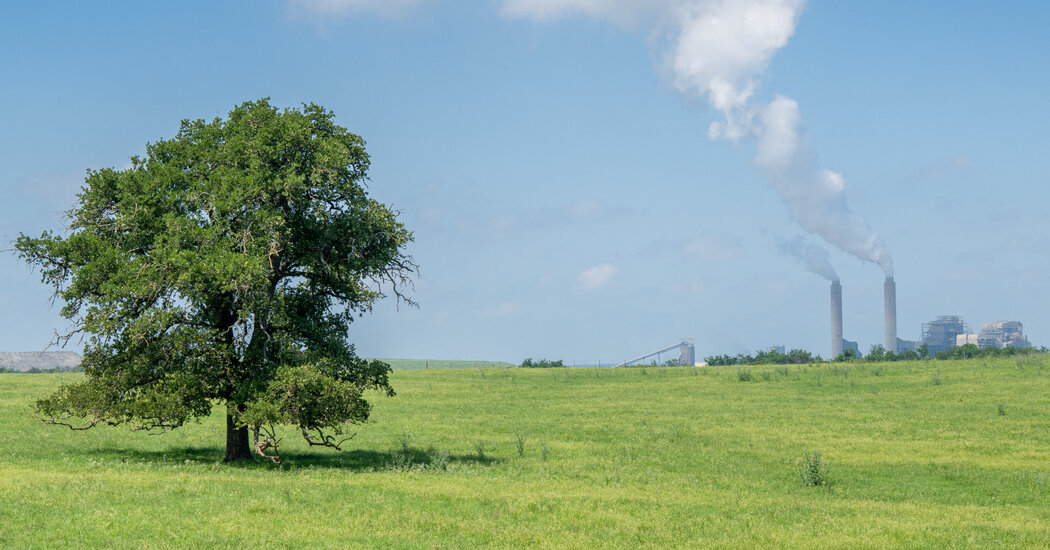A String of Supreme Court Decisions Hits Hard at Environmental Rules

A spate of decisions over the past two years by the Supreme Court has significantly impaired the Environmental Protection Agency’s authority to limit pollution in the air and water, regulate the use of toxic chemicals and reduce the greenhouse gasses that are heating the planet.
This term, the court’s conservative supermajority handed down several rulings that chip away at the power of many federal agencies.
But the environmental agency has been under particular fire, the result of a series of cases brought since 2022 by conservative activists who say that E.P.A. regulations have driven up costs for industries ranging from electric utilities to home building. Those arguments have resonated among justices skeptical of government regulation.
On Friday, the court ended the use of what is known as the Chevron doctrine, a cornerstone of administrative law for 40 years that said that courts should defer to government agencies to interpret unclear laws. That decision threatens the authority of many federal agencies to regulate the environment and also health care, workplace safety, telecommunications, the financial sector and more.
But more remarkable have been several decisions by the court to intervene to stop environmental regulations before they were decided by lower courts or even before they were implemented by the executive branch.
On Thursday, the court said the E.P.A. could not limit smokestack pollution that blows across state borders under a measure known as the “good neighbor rule.” In that case, the court took the surprising step of weighing in while litigation was still pending at the United States Court of Appeals for the District of Columbia Circuit.
